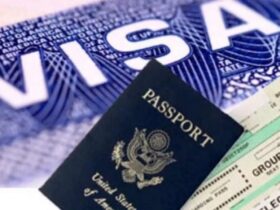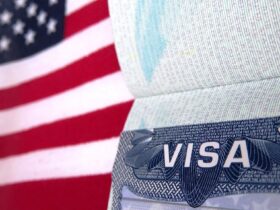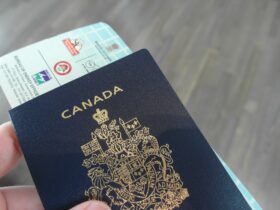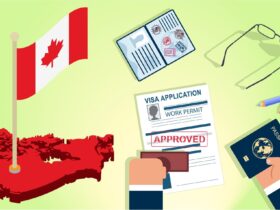Obtaining a Canadian student visa is a crucial step for international students planning to study in Canada. With its world-class educational institutions, multicultural environment, and diverse opportunities, Canada continues to be a popular destination for students worldwide. However, the visa application process can be complex and requires careful preparation. In this blog post, we will guide you through the step-by-step process of applying for a Canada student visa in 2023, providing valuable tips along the way to help you navigate the application successfully.
Step 1:
Choose a Designated Learning Institution (DLI): Before applying for a student visa, you must first secure admission to a recognized Canadian educational institution. Ensure that the institution you choose is a Designated Learning Institution (DLI), as only students enrolled in DLIs are eligible for a student visa. Research various universities, colleges, and schools to find the one that best suits your academic goals and preferences.
Step 2:
Understand the Study Permit: The Canadian study permit is the official document that allows you to study in Canada. It is important to understand the requirements and eligibility criteria before proceeding with the application process. Visit the official website of Immigration, Refugees, and Citizenship Canada (IRCC) to familiarize yourself with the study permit regulations and gather all the necessary documents.
Step 3:
Prepare Required Documents: To apply for a Canada student visa, you will need several documents, including:
- Valid passport
- Letter of acceptance from a DLI
- Completed application form
- Proof of financial support to cover tuition fees, living expenses, and return transportation
- Language proficiency test results (e.g., IELTS, TOEFL)
- Academic transcripts and certificates
- Statement of purpose
- Passport-sized photographs
- Medical examination reports (if required)
- Police clearance certificate (if applicable)
Ensure that all documents are accurate, up-to-date, and meet the specific requirements stated by the Canadian authorities.
Step 4:
Pay the Application Fees: The application for a Canadian student visa requires a non-refundable processing fee. Visit the IRCC website to check the current fee and payment options. It is advisable to keep proof of payment for future reference.
Step 5:
Submitting the Application: The application process for a Canadian student visa can be completed online or through a paper application. Most applicants are required to apply online via the IRCC’s official website. Follow the instructions provided, complete the application form, and upload the required documents in the specified formats. Ensure that all information is accurate and double-check for any errors or omissions before submitting the application.
Step 6:
Biometrics and Interview (if required): Depending on your country of residence, you may be required to provide biometric information (fingerprints and photographs) at a Visa Application Center. Additionally, some applicants may be asked to attend an interview at the Canadian embassy or consulate. Be prepared for these additional steps and follow the instructions provided by the authorities.
Step 7:
Wait for a Decision: Once your application is submitted, it will undergo a review process by Canadian immigration officials. The processing time varies, so it is important to submit your application well in advance to allow for any delays. You can check the status of your application online using the unique tracking number provided.
Tips for a Successful Application:
- Start early: Begin the application process well in advance to ensure you have ample time to gather documents and complete all requirements.
- Be organized: Keep a checklist of all the required documents and mark them off as you gather them. This will help you stay organized and avoid any last-minute confusion.
- Double-check everything: Ensure that all information provided in the application form is accurate and consistent with the supporting documents. Mistakes or discrepancies can lead to delays or even rejection.
- Proof of financial support: Clearly demonstrate your ability to cover your tuition fees and living expenses during your stay in Canada. Provide comprehensive financial documents, such as bank statements, scholarship letters, or sponsorship letters, to support your claims.
- Genuine intention to study: Clearly articulate your educational goals, the reasons for choosing Canada, and how the program aligns with your future aspirations. This will help establish your genuine intention to study and enhance your application’s credibility.
Conclusion:
Applying for a Canadian student visa can be a demanding process, but with proper preparation and adherence to the guidelines, you can increase your chances of a successful application. Remember to start early, gather all required documents, and follow the instructions provided by the Canadian immigration authorities. By following this step-by-step guide and incorporating the provided tips, you’ll be well on your way to pursuing your educational dreams in Canada in 2023. Good luck!






